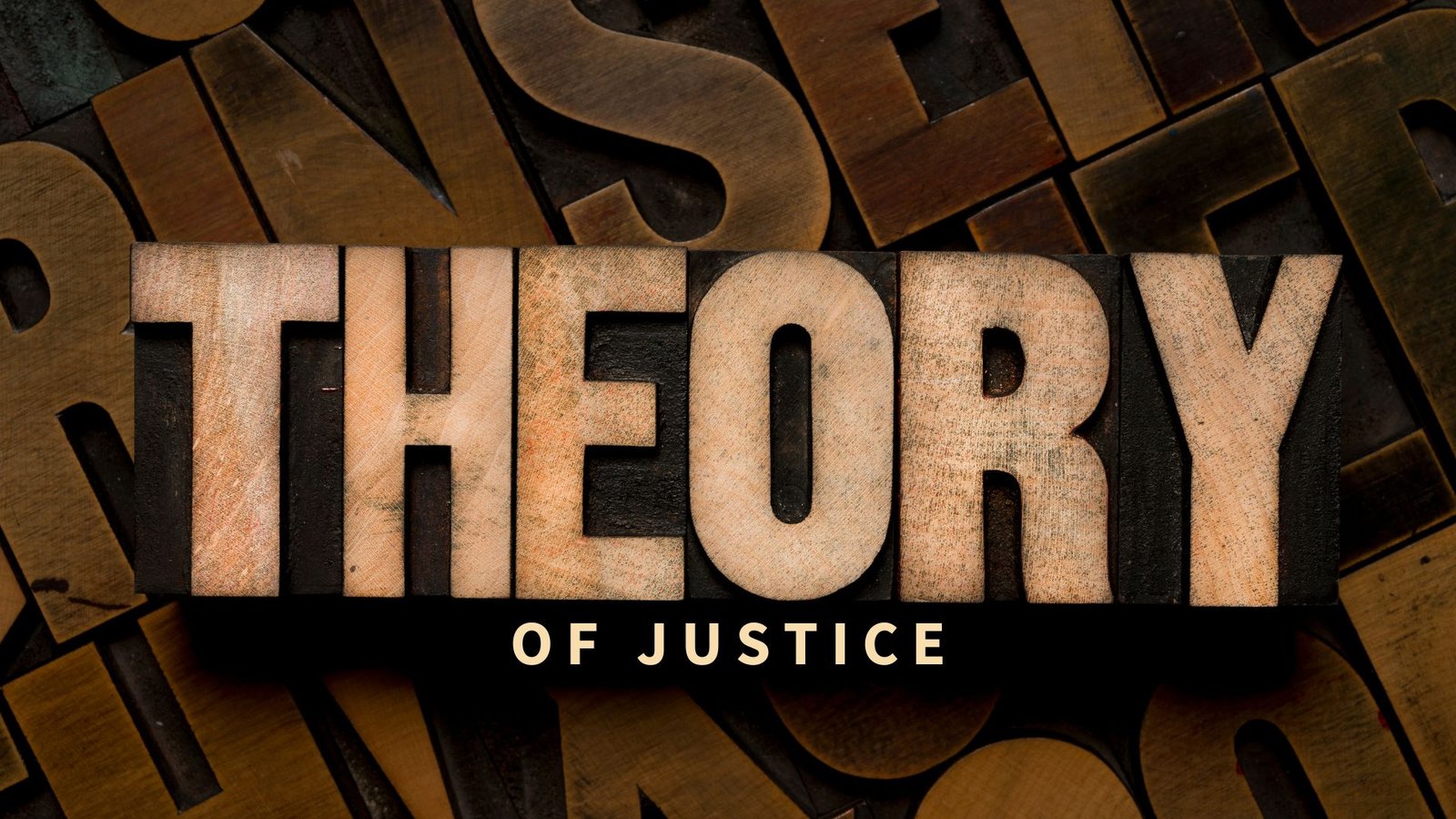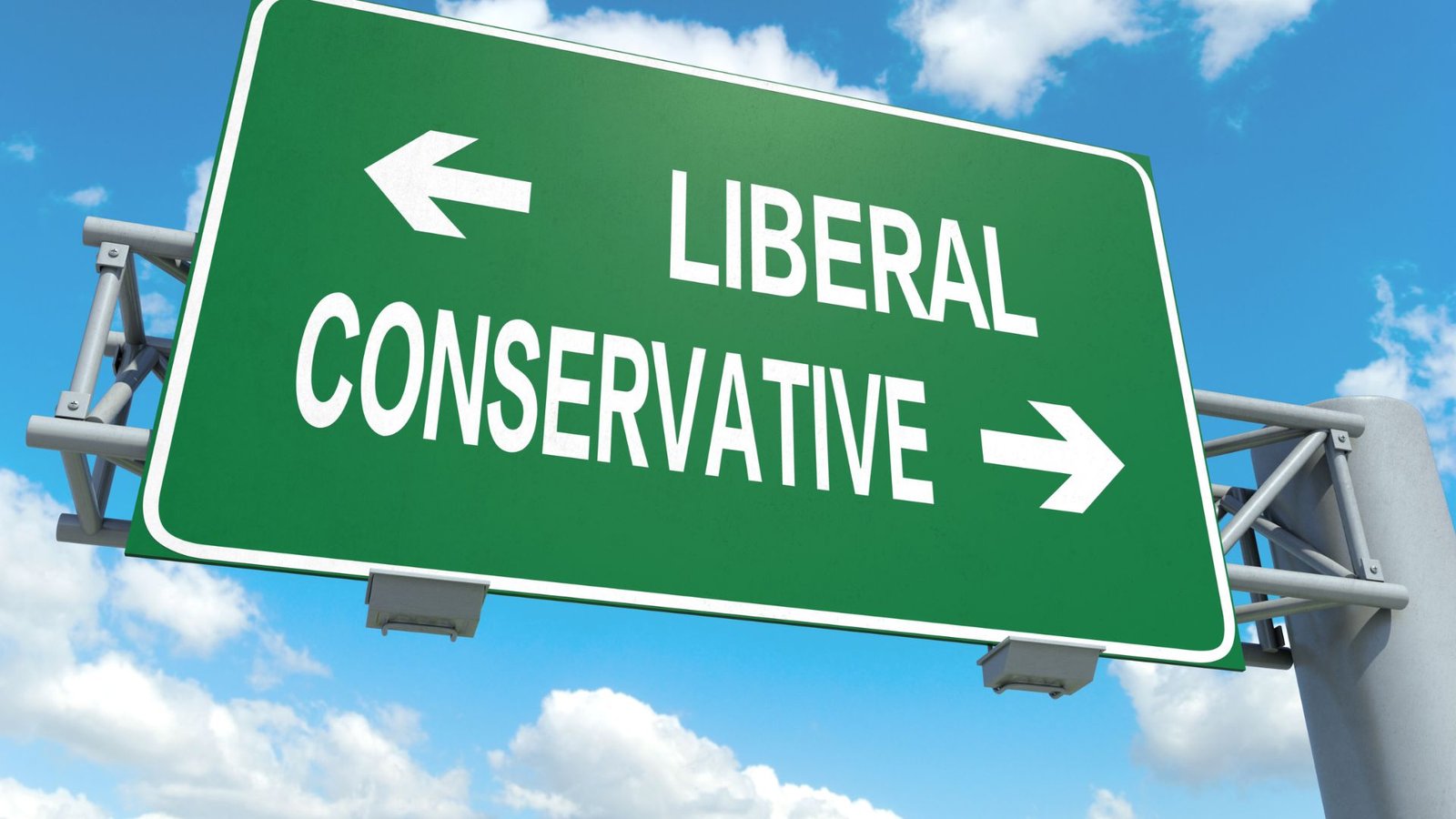On this page you will read detailed information about John Rawls Theory of Justice.
As you examine John Rawls’ seminal work A Theory of Justice, considering his attempts to define and characterize justice through a philosophical framework, you may find yourself pondering deeper questions around morality, ethics, and the organization of society. Through Rawls’ proposed thought experiment involving an “original position” behind a “veil of ignorance,” he compellingly argues individuals tasked with designing a just society absent knowledge of their own future societal positions would choose to structure it based on two key principles – liberty and equality. You likely recognize the potential impacts of Rawls’ philosophical perspectives across legal theory, economics, and political science. This article provides an accessible overview of the key components of Rawls’ Theory of Justice to inform your understanding and analysis of his highly influential work.
An Introduction to John Rawls and His Theory of Justice
John Rawls was an American political philosopher in the 20th century. He is best known for his theory of justice as fairness, described in his influential work A Theory of Justice (1971). Rawls’s theory provides a framework for thinking about social justice and a justification for liberal democracy.
Rawls believes that the basic structure of a just society should guarantee certain basic rights and freedoms for all citizens, such as civil liberties and freedom of opportunity. He argues that the distribution of wealth and resources in a society should benefit the least advantaged members. Rawls proposes that we imagine ourselves in an original position behind a “veil of ignorance” that denies us information about our own personal characteristics and life circumstances. Behind this veil, we would make decisions about the basic structure of society based purely on principles of justice.
Rawls argues for two main principles of justice:
- Each person has an equal claim to a fully adequate scheme of equal rights and liberties, which scheme is compatible with the same scheme for all.
- Social and economic inequalities are to be arranged so that they are reasonably expected to be to everyone’s advantage and attached to positions and offices open to all.
These principles are known as the equality principle, which deals with civil liberties, and the difference principle, which addresses social and economic inequalities. The difference principle in particular aims to benefit the least advantaged members of society.
Rawls’s theory of justice provides a philosophical grounding for liberalism and a vision of a just society that respects both equality and liberty. His work has been deeply influential and sparked decades of debate around issues of distributive justice, liberalism, and the role of the state. Rawls makes a persuasive case for conceiving justice as fairness and designing society’s institutions and policies to benefit the least advantaged. His theory offers an appealing vision of a just and egalitarian liberal democracy.
In the previous post, we had shared information about Homicide vs Murder: Distinguishing Between the Terms, so read that post also.
The Original Position: Rawls’ Thought Experiment
Rawls proposed a thought experiment called “the original position” to help determine what justice requires. The original position is a hypothetical scenario wherein rational individuals come together to determine principles of justice to govern the basic structure of society. In this position, individuals are behind a “veil of ignorance” – they do not know anything about their own personal situation or traits.
The Veil of Ignorance
The veil of ignorance ensures that individuals in the original position are unaware of their own personal characteristics and social positions. They do not know facts about themselves such as their race, gender, wealth, natural talents, and conception of the good life. By depriving individuals of this kind of information, Rawls aimed to achieve impartiality and fairness. The parties would choose principles of justice that do not favor any particular generation, social class or group.
The Choice of Principles
Given the constraints of the veil of ignorance, Rawls argued that rational individuals in the original position would choose two principles of justice:
- Each person has an equal right to the most extensive basic liberties compatible with similar liberties for others.
- Social and economic inequalities must satisfy two conditions:
- They are attached to positions and offices open to all under conditions of fair equality of opportunity.
- They are to the greatest benefit of the least advantaged members of society.
These principles of justice would guarantee equal basic rights and fair equality of opportunity, while also allowing for inequalities that improve everyone’s situation. By adopting these principles behind the veil of ignorance, Rawls aimed to articulate a conception of justice that is fair to all members of society. The original position is a compelling thought experiment that provides philosophical justification for principles of justice as fairness.
The Two Principles of Justice
In A Theory of Justice, John Rawls proposes two principles of justice that he believes a just society should uphold.
The first principle states that each person has equal and extensive basic rights and liberties that are compatible with the same rights and liberties for all. This means that all citizens have fundamental civil and political rights that cannot be violated for the benefit of society. These rights include voting, free speech, freedom of religion, and due process under law. According to Rawls, a just society cannot infringe upon essential civil liberties and basic rights in the name of the greater good.
The second principle asserts that social and economic inequalities must satisfy two conditions. First, they must be attached to positions and offices open to all under fair equality of opportunity. This means that everyone has a fair chance to obtain advantaged social positions based on their natural talents and skills. Unfair barriers like discrimination based on gender, ethnicity or social class are prohibited.
Second, any inequalities must work to the greatest benefit of the least advantaged members of society. This is known as the “maximin” rule because it aims to maximize the minimum level of welfare. Rawls argues that inequalities are only justified if they improve the absolute level of welfare of the least well-off. For example, unequal distribution of resources could be justified if it incentivizes economic growth that raises the standard of living for the poorest individuals.
In summary, Rawls’ two principles establish equal basic rights, fair equality of opportunity, and limits on economic inequalities so they benefit the least advantaged. According to Rawls, a just society should prioritize equal civil and political liberties, provide fair access to opportunities and positions of advantage based on talent, and only allow economic inequalities that raise the absolute welfare of the least well-off. By upholding these two principles of justice, a society can achieve fairness and protect the interests of its most vulnerable citizens.
How the Veil of Ignorance Leads to Fairness
John Rawls proposed that the veil of ignorance allows us to determine a fair and just society. Behind this veil, individuals do not know details about themselves like their socioeconomic status, natural talents, religion, and position in society. This forces them to make impartial judgments about what is fair and just.
Rawls argued that rational and self-interested individuals behind the veil of ignorance would agree to two principles of justice. The first principle states that all citizens should have equal basic rights and liberties. This includes rights like freedom of speech, freedom of religion, and the right to hold and transfer property.
The second principle addresses social and economic inequalities. It states that inequalities should only exist if they benefit the least advantaged members of society. Rawls proposed that individuals behind the veil of ignorance would only agree to inequalities if doing so improved the position of the worst-off group. For example, individuals may agree to unequal wealth distribution if it incentivized business investments that created more jobs and economic opportunity for the poor. However, large inequalities that primarily benefited the wealthy would not be justified.
In summary, Rawls theorized that the veil of ignorance leads to principles of justice that aim for fairness and improving the lives of the least fortunate. By eliminating self-interested motivations, individuals can judge impartially and determine a just society shaped by equality and fairness. His theory provides a philosophical basis for political and social policies promoting equality of opportunity and a strong social safety net. Overall, the veil of ignorance is a compelling method for thinking about morality and ethics.
Critiques and Debates Around Rawlsian Justice
John Rawls’ theory of justice as fairness has been highly influential but is not without its detractors. Several points of critique and debate have emerged.
A key criticism revolves around the veil of ignorance. Rawls argues that rational actors behind the veil of ignorance would choose his two principles of justice. However, some argue that individuals may act out of self-interest, even behind the veil, and not choose principles that benefit the least well-off. Rawls’ assumption of benevolence is overly optimistic.
Another debate concerns the priority of liberty. Rawls argues that equal basic liberties can only be restricted to benefit the least well-off. Some contend this priority is misguided and that economic redistribution should not be constrained by an “absolute” right to liberty. Restricting liberty may lead to gains in economic equality and overall well-being.
There is also disagreement over what constitutes fair equality of opportunity. Rawls aims for positions in society to be open to people based on talent and effort rather than arbitrary factors like social class. However, there is debate over how much state intervention is required to achieve this and what constitutes unjust barriers or fair rewards for talent and effort. Efforts to promote equal opportunity could discourage individual ambition and excellence.
Finally, there are arguments that Rawls’ principles would not lead to a just distribution of resources in practice. The difference principle allows inequalities only if they benefit the least well-off, but there may be disagreements over what constitutes mutual benefit and how it should be measured. What appears just in theory may lead to unintended consequences when applied in reality.
While Rawls’ theory of justice is elegant and compelling, it faces meaningful challenges in addressing human nature, balancing liberty and equality, determining fair opportunity, and achieving just outcomes. However, its lasting influence is a testament to its philosophical power in conceptualizing justice. Rawls brought new insights that continue to shape debates over distributive justice today.
Applications of Rawls’ Theory in Politics and Law
John Rawls’ theory of justice has significantly influenced political and legal institutions. His conception of the original position and the veil of ignorance provide a framework for developing fair governance and policy.
Politically, Rawls’ theory suggests leaders and policymakers should make decisions as if behind a veil of ignorance, unaware of their own personal interests or attributes like socioeconomic status. Doing so helps create a just system of laws and policies that provide equal opportunities and fair distribution of resources for all members of society. His theory is aligned with principles of equal basic rights and equality of opportunity.
Legally, Rawls’ theory has been employed to argue for policy that favors the least advantaged members of society. His difference principle, which holds that inequalities are only justified if they benefit the least advantaged, is used to support progressive taxation, social welfare programs, and other mechanisms that promote equality of opportunity. For example, proponents argue for policy like universal healthcare, public education, and a social safety net by appealing to the difference principle.
While Rawls’ theory is not without its critics, it provides a compelling philosophical grounding for principles of justice, equality and fairness. Both in politics and law, Rawls’ conception of justice as fairness, with its emphasis on equal basic rights and equality of opportunity, especially for the least advantaged members of society, remains highly influential. Overall, Rawls’ theory of justice aims to establish a well-ordered society where all members can pursue their life goals and find fulfillment.
The Evolution of Rawls’ Theory of Justice Over Time
John Rawls spent decades revising and refining his theory of justice. His early work focused on developing his theory of justice as fairness, which he outlined in his seminal work, A Theory of Justice, published in 1971. In this book, Rawls proposed two principles of justice:
- Each person has an equal right to the most extensive scheme of equal basic liberties compatible with a similar scheme of liberties for all.
- Social and economic inequalities must satisfy two conditions:
- They must be attached to positions and offices open to all under conditions of fair equality of opportunity.
- They must be to the greatest benefit of the least advantaged members of society.
Rawls later revised his theory to move away from a focus on the distribution of primary social goods towards a focus on ensuring all citizens have adequate means to make effective use of their basic liberties and participate fully in political debates.
In his 2001 work Justice as Fairness: A Restatement, Rawls made further revisions to his theory to address criticisms of the original position and incorporate insights from political debates since A Theory of Justice was published. In this work, Rawls affirmed the priority of basic liberties and fair equality of opportunity over the difference principle. He also clarified that the principles of justice as fairness apply to the basic structure of society – the way in which major social institutions distribute fundamental rights and duties.
Over his lifetime, John Rawls continued making small yet meaningful changes to his theory of justice in response to ongoing debates. However, the core ideas – that justice requires basic liberties and opportunities be distributed equally unless an unequal distribution benefits the least well-off – remained largely unchanged. By the end of his life, Rawls had established justice as fairness as the dominant theory of justice in 20th-century moral and political philosophy. His work provides a compelling vision of a just society that continues to shape debates today.
John Rawls’ Lasting Impact on Political Philosophy
John Rawls’ theory of justice as fairness has had an enormous influence on modern political philosophy. Rawls proposed that the basic principles of justice for structuring society should be chosen behind a “veil of ignorance” – without knowledge of one’s own personal characteristics and social position.
Rawls theorized that individuals behind this veil of ignorance would choose two principles of justice:
- Equal basic liberties: Each person has an equal right to a fully adequate scheme of equal basic liberties compatible with a similar scheme of liberties for all. This principle guarantees equal political and civil liberties, freedom of speech and assembly, liberty of conscience and freedom of thought, as well as the right to hold personal property.
- Fair equality of opportunity and the difference principle: Social and economic inequalities should satisfy two conditions: • They must be attached to offices and positions open to all under conditions of fair equality of opportunity. • They must be to the greatest benefit of the least advantaged members of society. This is known as the “difference principle”.
Rawls’ theory of justice challenged the utilitarian idea that the most ethical policy is the one that maximizes aggregate welfare. Instead, Rawls argued the ethical system should focus on the distribution of welfare across society. His work inspired new discussions around egalitarianism, constitutionalism, and morality in politics.
Rawls’ theory of justice has shaped discourse in political philosophy and policymaking. His writings on public reason and justification have influenced democratic theory. Overall, Rawls’ work has had a profound and lasting effect on liberalism and continues to inform debates over justice, equality and human rights. His seminal books “A Theory of Justice” and “Political Liberalism” have cemented Rawls’ status as one of the most influential political philosophers of the 20th century.
Conclusion
In closing, Rawls’ theory of justice provides an intricate philosophical framework for thinking about fairness and equality in society. While aspects remain debated, his principles encourage us to consider how societal structures impact citizens, particularly the least advantaged. As we strive towards a more just world, Rawls challenges us to assess if current systems align with moral intuitions about what is right. His work leaves us with much to ponder regarding the role of liberty, opportunity, and difference principles when designing institutions. By grappling with such complex issues of justice through reasoned reflection, we edge closer to social arrangements that empower all people to exercise their basic rights and liberties as free and equal citizens. Though the path forward is uncertain, the journey promises progress.
Disclaimer
The information and services on this website are not intended to and shall not be used as legal advice. You should consult a Legal Professional for any legal or solicited advice. While we have good faith and our own independent research to every information listed on the website and do our best to ensure that the data provided is accurate. However, we do not guarantee the information provided is accurate and make no representation or warranty of any kind, express or implied, regarding the accuracy, adequacy, validity, reliability, availability, or completeness of any information on the Site. UNDER NO CIRCUMSTANCES SHALL WE HAVE ANY LIABILITY TO YOU FOR ANY LOSS OR DAMAGE OF ANY KIND INCURRED AS A RESULT OR RELIANCE ON ANY INFORMATION PROVIDED ON THE SITE. YOUR USE OF THE SITE AND YOUR RELIANCE ON ANY INFORMATION ON THE SITE IS SOLELY AT YOUR OWN RISK. Comments on this website are the sole responsibility of their writers so the accuracy, completeness, veracity, honesty, factuality and politeness of comments are not guaranteed.
So friends, today we talked about John Rawls Theory of Justice, hope you liked our post.
If you liked the information about John Rawls Theory of Justice, then definitely share this article with your friends.








